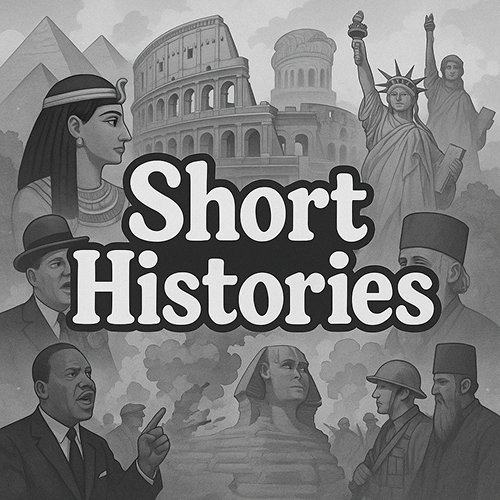It began with a hammer strike. In 1517, Martin Luther, an Augustinian monk in Wittenberg, nailed his Ninety-Five Theses to the door of the Castle Church. What seemed a scholarly critique of indulgences would tear open a centuries-old spiritual monopoly. And it did so not in some far-flung colony or distant sultanate but right in the heart of the Holy Roman Empire.
The Empire, already a jigsaw of duchies, bishoprics, and free cities, found itself cleaved not just along political lines, but religious ones. The Protestant Reformation spread like wildfire. Saxony, Hesse and Brandenburg. The word reform became a banner under which princes defied Rome and asserted independence not just of belief, but of law.
Emperor Charles V, grandson of Maximilian I, ruler of Spain, Naples, and the Americas, was no stranger to power. But even he could not unify the empire’s religious fracture. He summoned Luther to the Diet of Worms in 1521, expecting a submission. Instead, Luther refused to recant, “Here I stand,” he declared “I can do no other.” He left the hall alive, but the Empire would never be the same.
As Protestantism spread, so did tension. The 1555 Peace of Augsburg tried to mend the rift. Its principle, cuius regio, eius religio - "whose realm, his religion", granted each prince the right to determine their state's faith. It was a bandage, not a cure. The sixteenth century drew to a close under the uneasy quiet of compromise but in 1618, the silence shattered.
In the Kingdom of Bohemia, Protestant nobles flung two Catholic envoys out a window of Prague Castle, a bold act known as the Second Defenestration of Prague. This spark ignited the Thirty Years’ War, a catastrophe of religious fury, foreign intervention, and imperial collapse. Armies scorched the German countryside, villages vanished. Famine, plague, and mercenary cruelty reduced entire regions to ash. The war ceased to be about faith and became one of power. France, a Catholic nation, aligned with Protestants simply to check Habsburg dominance. It was no longer about theology, it has become about survival.
By 1648, the Peace of Westphalia ended the bloodletting but at a cost. The Empire was now more fragmented than ever, Westphalia codified what had already occurred: the emperor’s authority was little more than ceremonial. The real power lay with 300-odd sovereign entities: electors, princes, bishops, and barons, each ruling their own patchwork dominion.
Yet the Empire lingered even though ceremonial and clumsy, but not yet dead. The 18th century saw brief flickers of reform, emperors like Joseph II tried to centralize, secularize, and modernize the state but the structure was too old and the inertia was too strong. Every reform collided with local privilege, with entrenched tradition, with a refusal to yield. Then came the whirlwind.
The French Revolution shattered monarchies, but it was Napoleon who shattered empires. By the early 1800s, his armies marched deep into German lands, toppling centuries-old states like dominoes. The Holy Roman Empire, so long a ghost of Rome wearing a crown of compromise, had no defense against this new world of nationalism, citizen armies, and total war.
In 1806, as Napoleon crowned himself Emperor of the French. Francis II, last Holy Roman Emperor, bowed to inevitability. He laid down the imperial crown and dissolved the Holy Roman Empire, a thousand years of imperial pretense collapsed with a single abdication.
What remained was not ruin, but a reawakening. Out of the Empire’s scattered bones emerged new ideas, German identity, secular governance and federated unions. The legacy of the Holy Roman Empire would echo in Prussia, in Austria-Hungary, and later, in the unified German state. The ideology that lingered on in a young Austrian boy, Adolf Hitler, who later took the idea of reviving the so called German Identity above all else a bit too far and threw Europe into a war like never seen before.
The Empire itself, sacrum imperium romanum, was no more. It had once claimed to be eternal but in truth, it was merely mortal and it died leaving a lingering legacy that still shapes our world till date.
Next Time: The Origins: Nigeria | Giants Beneath the Baobab
Before it became Africa’s most populous nation, Nigeria was a mosaic of powerful kingdoms, vibrant trade hubs, and deep cultural traditions. This is the sweeping journey from Nok terracottas to independence and beyond. A story of resistance, fusion, and bold ambition.
Please go back to top & scroll gently

